5 Harsh Reminders That Living In Space Will Be Absolutely Terrible

Natural evolution has taken humanity as far as it can, with outstanding results -- for us, not the planet. Thanks to our large, meaty brains and lack of compassion for other creatures, we've managed to conquer even the most wildly inhospitable environments, like Albany, New York. So the next step toward advanced civilizationship is to extend our domain into the cosmos. But colonization efforts will be a lot less glamorous than popular sci-fi and egomaniacal billionaires would have us believe ...
To Put It Plainly, The Radiation In Space Will Mess You Up
Space looks empty and serene, but it's a chaotic hellscape of radiation. In addition to cancer-causing solar ejaculations, astronauts are bombarded by cosmic rays, produced by the cataclysmic deaths of stars that dwarf the Sun -- stars so big and mean they play keep-away with the Sun's Ninja Turtles lunch pail. When they explode, they launch protons and nuclei from heavy elements, like iron, at nearly the speed of light. These microscopic cannonballs obliterate any atom in their way, which spells bad news for astronauts, who are made of atoms.
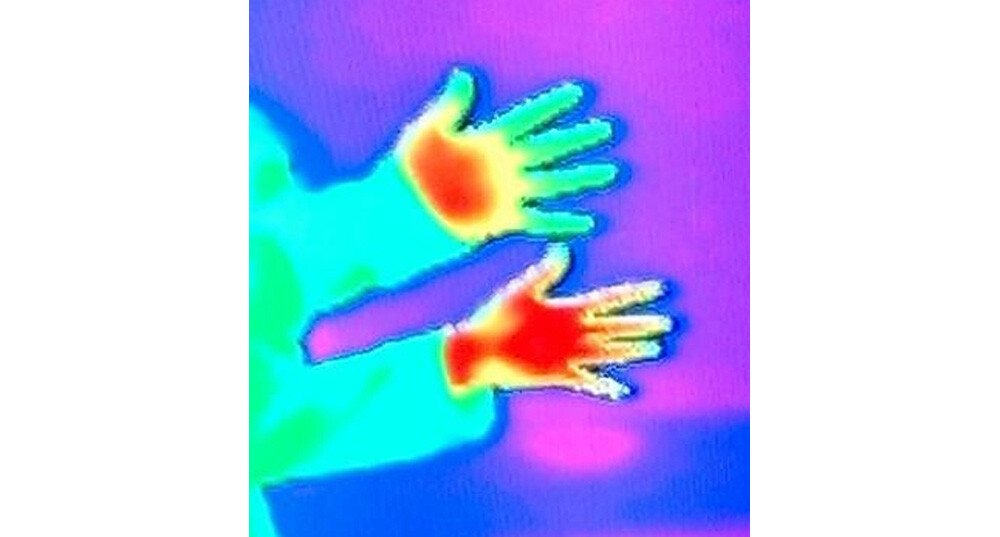
The various types of radiation pass through the skin and rupture DNA, with less resistance than a Pentagon-funded drone strike tearing through the plaster walls of a beloved neighborhood bakery. Radiation shielding is clunky and heavy, and therefore expensive to boot into space. So scientists have creatively enlisted the help of an extremophile fungus, Cladosporium sphaerospermum. It lives in one of Earth's deadliest places: Chernobyl. Not the town, but in the goddamn ruined reactors themselves. And it doesn't just survive, it thrives. The fungus uses a roided-out version of photosynthesis, radiosynthesis, to convert radiation into chemical energy. And it's about damn time it starts earning its keep.

Researchers calculated that an 8-inch-thick layer of fungus could negate an entire annual radiation dose on Mars, which is 66-times greater than on Earth, where we're protected by an atmosphere and magnetic field. And fungus is cheap, light, and self-replicating; colonists only need to carry a pinch of it into space and then grow it out once on Mars. Combined with a plentiful local resource, Martian regolith (or soil), a fungal-mud-shield just 3.5 inches thick could provide adequate protection on the cheap, so space colonists can save their Martian fun-bucks for the Skee-Ball machines.
Space Life Constantly Introduces New Medical Problems
Collectively, humans have spent several decades in space, both on the International Space Station and in secret Soviet Moon gulags. Still, new health issues constantly pop up to fluster cosmic explorers. And in 2019, astronauts discovered another lethal cosmic complication: blood clots.

"Nonono. We said blood CLOTS."
A study used ultrasound to track astronauts' circulation as it passed through the left jugular vein in the neck, which collects blood from the brain. Six of the eleven astronauts displayed stagnant blood flow, which sloshed back and forth, or reverse blood flow, which traveled (the wrong way) up toward the brain faster than those "return this nickel to feed a child" letters travel to the trash. The study also revealed, for the first time, a jugular vein blood clot in one of the astronauts. Fortunately, blood thinners were able to shrink the clot, which fully dissolved back on terra firma.
Later, a small clot was discovered in a second astronaut, who had already returned to Earth. Alarmingly, neither showed any symptoms. And these clots, which can develop in hours or days, could kill a seemingly healthy space traveler.
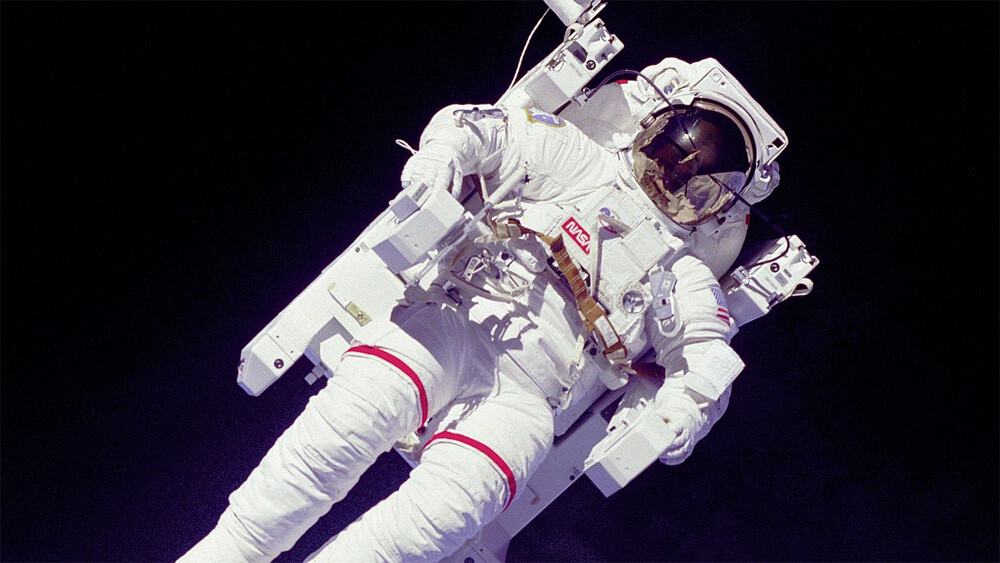
And who knows how many other first-time space problems we'll encounter during a lengthy journey. And when we do, medical supplies will be limited, as will be the tanktop-sporting, tough-talking Michelle Rodriguez-type space medics.
A medical query to Earth, even zooming at nearly 190,000 miles per second, has a one-way travel time of 4 to 24 minutes from Mars. So good luck if any assistance is required. Remote-guided robotic surgery may be an option, but imagine trying to carve up some dude, or surgically extract a life-threatening chest-buster, while watching a full episode of Frasier in between each incision.
Spacefarers May Be Eating Subpar Urine Tomatoes
Popular science-fiction gets one thing (partially) correct: colonists on the Moon and Mars will have to grow their food. Not in expansive Martian greenhouses or lush hydroponic gardens, but in tanks are full of piss that could provide an essential food source to sustain cosmic exploration. Unlike astronauts aboard the ISS, colonists can't rely on terrestrial supply lines. So the German space agency, DLR, hopes to solve two problems at once by turning urine into fertilizer.
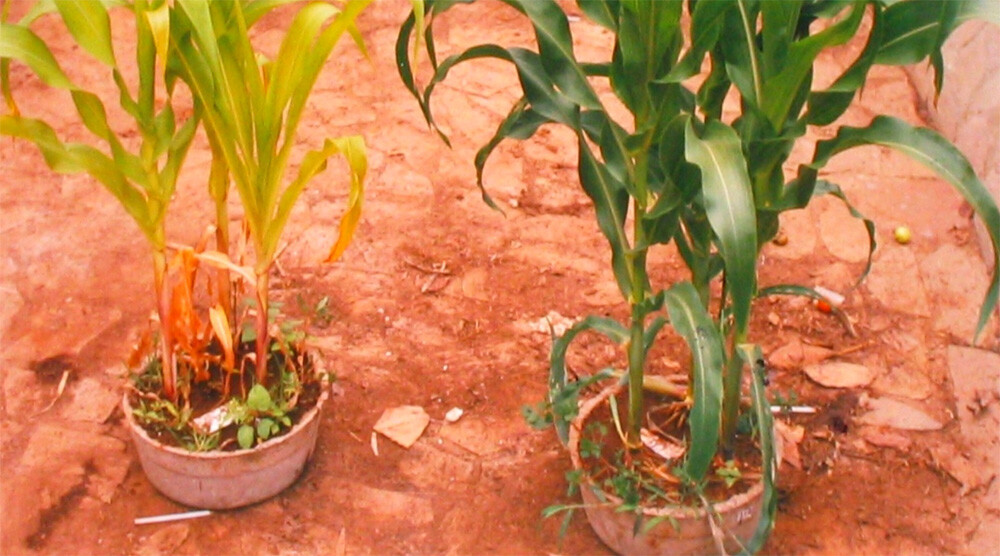
The piss-tanks are stuffed with pumice: solidified chunks of lava, like your grunge-encrusted heel-scraping stone. The volcanic rocks' tiny pores house bacterial colonies, which feed on the urine as it trickles through and transform ammonia into nitrate salts, which can be used as fertilizer. Researchers tested both synthetic and real urine, with promising results. The tomatoes won't win any blue ribbons at agricultural fairs, with their tough skin and bitter tang. But they provide a nutritious, colorful addition to astronauts' diets.
Similarly, Penn State scientists have developed a method for transforming feces into a nutritious, Vegemite-like "microbial goo" that could provide cheap sustenance. The procedure requires bacteria and hopefully a spill-proof bag. First, the astronauts' waste is collected and fed into a bacteria-powered "reactor" in the form of a cylindrical implement that resembles the lovechild of a potato cannon and a meth-making device.
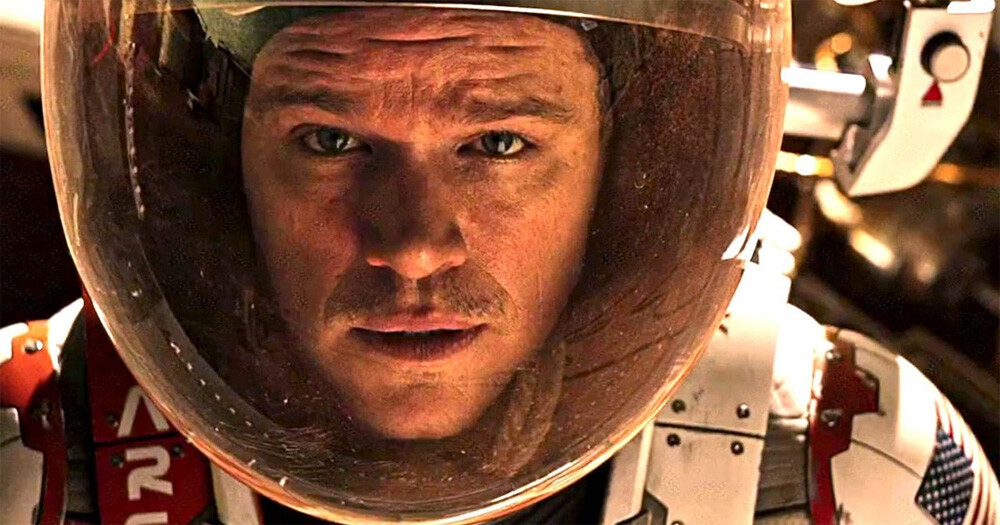
20th Century Pictures
And, technically, it does produce meth…ane. The methane is fed to a bacteria called Methylococcus capsulatus, which is already used as livestock feed. And it's full of protein and fat to provide muscle-building peptides and long-lasting energy. So there you have it. Space colonists may supplement their powdered beef Stroganoff packets with piss-grown tomatoes and bacterial animal feed made from turds. Makes you really mis the days of weevil-filled hardtack and scurvy on the high seas.
Colonists Will Be Weak-Boned And Kidney-Stoned
According to mainstream science fiction, colonists will need to be hard and hearty for all sorts of strenuous space activities, be it farming, building shelters, or engaging in high-speed, low-gravity rover chases. But when space colonists arrive on other worlds, their bones may be too brittle to outrun and outgun space pirates and Martian sandworms. That's because the stresses of gravity are essential for maintaining bone strength. Each time you lift a Cheeto to your oily, orange-stained lips, you're defying the gravitational influence of an entire planet. That physical stimulus keeps your muscles and bones nice and strong. But in space, without the stress of supporting a body against gravity, bones self-destruct.

The femur, for example, loses 1% to 1.5% of its mass every month, shedding up to 10% of its mass during a six-month space adventure. And that's really damn quick: spacefarers lose bone 10-times faster than osteoporosis sufferers. And here's another fun fact: the calcium that seeps from bones can end up in the kidneys, causing kidney stones.
And a Mars trip is much longer than six months. In the three-or-so years it would take to reach the red planet, chill, and return, researchers estimate that astronauts could lose one-third of their bone mineral density. And half could be suffering from full-blown osteoporosis. Back on Earth, skeletal recovery may take several years, according to astronauts who returned from much shorter stays aboard the ISS. So a Martian returnee won't be playing hopscotch anytime soon.

Bone loss prevention may include a regimen of drugs, like mellifluous bisphosphonate, which increases bone mass in osteoporosis sufferers. And exercise. Don't think you can ditch the gym by escaping planet Earth, astronauts have to work out at least two hours a day. That's even more than those super-tan, old-school bodybuilders at your gym that do donkey calf raises every day.
Space Colonists' Living Accommodations Will Be Less Than Luxurious
Life on other planets is going to be sah-weet! We'll live in giant domed cities with tree-lined pavilions, drive flying cars, and attend soda fountain socials like back in the '50s! Or that's what we've been promised. But here's what space-cities will actually look like:
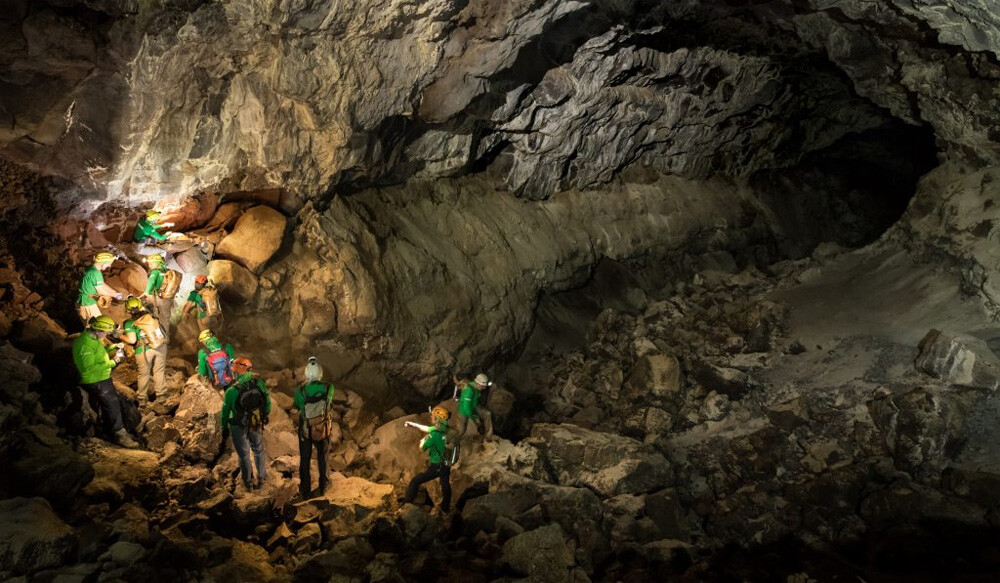
ESA
Yup, we'll live below the ground like rats. The European Space Agency is training astronauts to explore subterranean lairs and lava tubes through a program called CAVES (Cooperative Adventure for Valuing and Exercising human behaviour and performance Skills) -- the ESA copywriter got a bonus for this one.
It also proves you can bust ass all your life, become a space colonist, and still have to attend corporate team-building exercises in a Slovenian cave. Here, future spacefarers collaborate to map the climate, test the water, take various samples, and look for extreme life forms, while trying not to pull a Jack Torrance on their colleagues due to isolation.
On Earth, lava tubes may be a hundred feet wide. But on Mars and the Moon, they can be 100 to 1,000 times larger, respectively. Lunar lava tubes can be nearly 25 miles in length and more than half a mile in diameter, equaling the width of New York's Central Park. And despite their size, they've survived intact for billions of years in the low-gravity conditions.
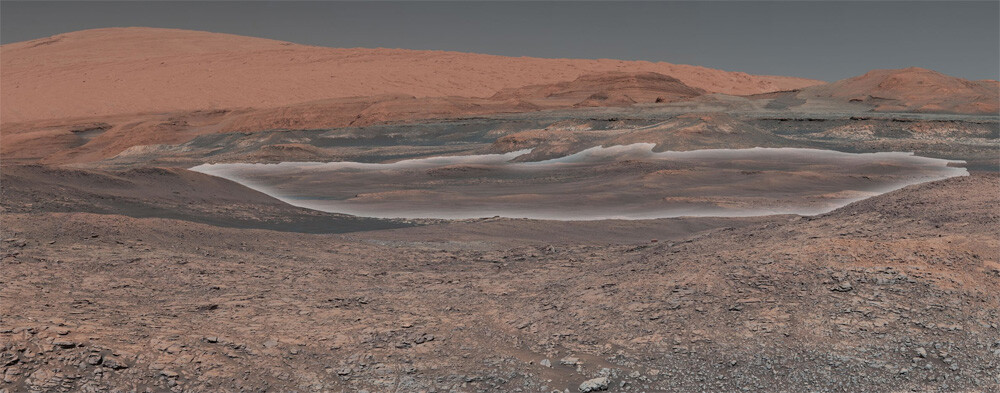
These vermin-approved digs are the best place to establish a space base because they protect against the three gravest space-threats. First, the insane day-night temperature swings of several hundred degrees. Then, the DNA-frying radiation. Finally, the unpredictable, potentially cranium-pinging micro-meteorite impacts on the surface. Plus, these protected underground environs are the likeliest sites to host alien life.
Subterranean living also erases the man-made divide between skyscrapers and favelas. We're all equally small and worthless to the cosmos, and this might provide a necessary reminder before we branch out to more distant worlds.





